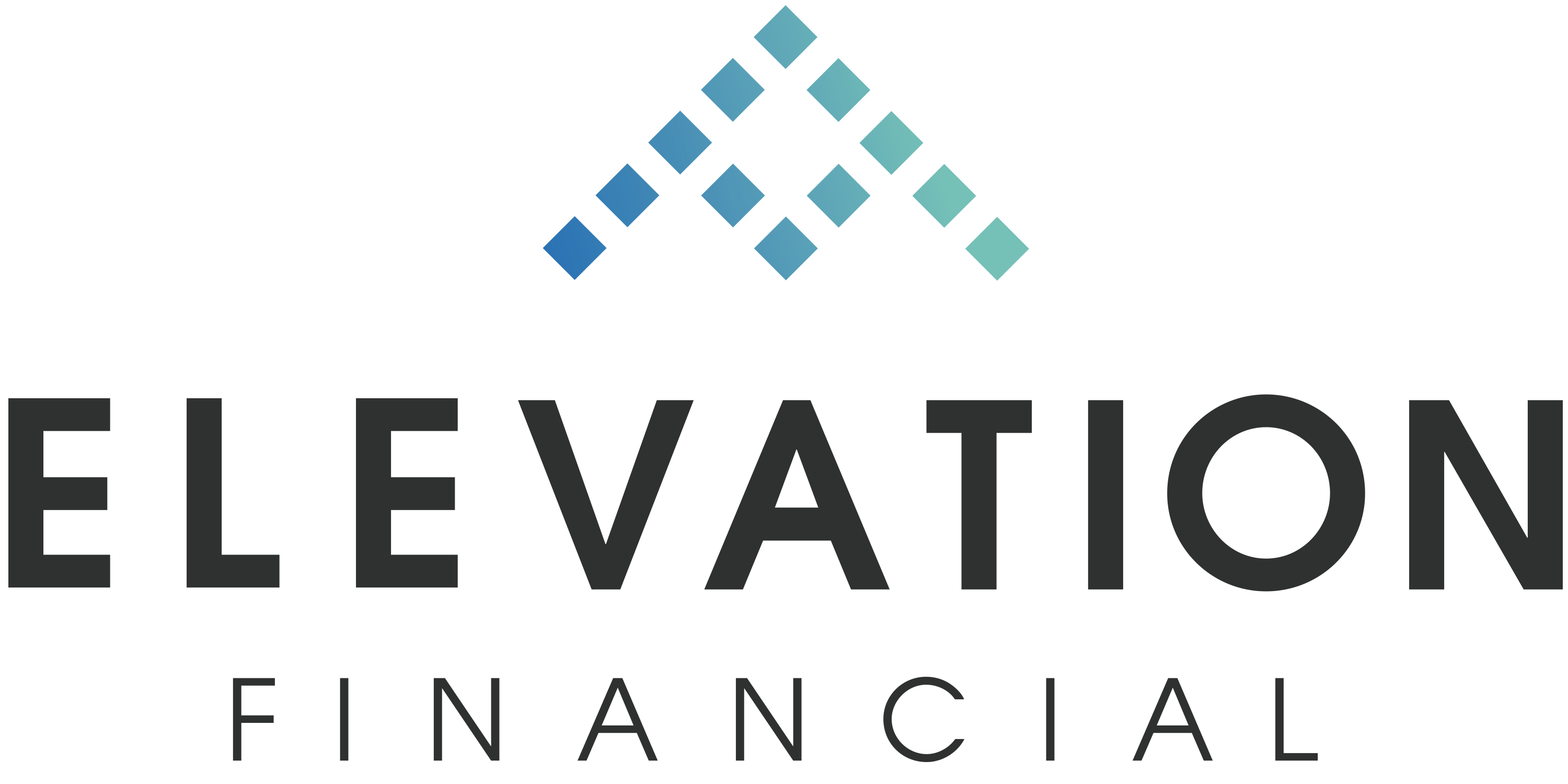
Share this Post
Subscribe

Need help with your money or investments? Book a consultation to learn more about working together.
How to Set Up a Household Budget – A Template for Categories and Groups
[Prefer to listen? You can find a podcast version of this article here: E205: How to Set Up a Household Budget – A Template for Categories and Groups]
Budgeting is a superpower. If you get really good at budgeting, every other aspect of your financial life gets better.
There are many ways to budget, including:
- Zero-based budgeting
- Reverse budgeting
- Flow-based budgeting
Different methods work for different people.
Personally, I’m a fan of zero-based budgeting using a tool called You Need a Budget (YNAB). As a YNAB Certified Coach, I often help my clients build and maintain a budget that keeps them on track toward their goals.
YNAB uses a zero-based budgeting approach, which means every dollar gets a “job” to do. It means setting up detailed categories in order to make intentional decisions about where your money goes.
Whether you are using YNAB or something else, it’s vital to get your budget categories set up in a way that helps you make progress toward your goals.
When you're setting up your budget for the first time, it can often be intimidating to stare at a "blank sheet of paper" trying to come up with your budget categories.
So I'm sharing the budget template I use with my clients to help them get started.
There are a few things to note for context:
- I have a bias toward simplicity. You may think that certain categories should be broken out into more detail. I like to keep things simple for ease of use and maintenance. If a system is too complex, it is more likely to be abandoned. Keep it simple!
- This template is designed to help you keep spending under control while also keeping your long-term goals on your radar.
- This is a template, not the perfect budget. Customize it the way you want. There is also a link at the end to a Google Sheets file that you can download or copy for your own use.
- This template follows my banking structure in which larger irregular expenses are paid from a short-term savings account.
Let's dig into the budget template.
How to group your budget categories
When organizing your budget, it can be helpful to group your categories in a way that helps you see broad priorities. I go with these broad groupings:
- Life goals
- Household operations
- Discretionary spending
Why these three? They are designed to be functional without getting too in the weeds. Life goals are for big-picture things we value highly, such as planning for the future. The "household operations" group is for "must haves" to operate the household. Discretionary spending is for things that we want but don't necessarily need.
Technically, life goals are also discretionary but I think it's essential to place them into a distinct category because they are often forgotten or placed on the back burner. It's important to keep things like retirement savings front and center. Because we tend to overlook long-term goals, I like to place the "life goals" group at the top.
Next is "household operations" which is contains everything we need to keep the household running. This includes mortgage or rent, food, utilities, transportation, and other things that are necessities.
Finally, "discretionary spending" is for the things that we want and enjoy, but aren't mission-critical to run the household.
Let's see a template of what these categories might look like.
Life goals
The life goals group often contains these budget categories:
- 🛟 Short-term Savings
- 🌞 Long-term Investing / Retirement
- 🎓 College Savings
- ✈️ Travel & Vacation
- 💚 Charitable Giving
Building up short-term savings, long-term retirement savings, and kids' college savings are all pretty important life goals common to many of us.
One thing that trips many people up is the lack of consistency regarding these things, especially travel. It's very common for vacations to destroy a budget because it was paid in chunks out of cash flow (or worse, put on a credit card with no plan for paying it off).
I recommend setting up separate accounts for anything that is a larger irregular expense. This helps you keep your household budget running smoothly and consistently. You want to avoid big variations in cash flow as much as possible.
Set up a separate bank account for travel and vacations. Then, save a regular monthly amount into this account. This helps you keep your household budget consistent and predictable while building up a travel and vacation budget. Use your travel and vacation account to pay for vacations so it never hits your household budget.
The same goes for investing. Setting up automated recurring transfers into your investment and retirement accounts (including 529 accounts) is the best way to keep your household budget predictable while keeping your investment plan on track.
Household operations
The household operations group often contains these budget categories:
- 🏠 Mortgage/rent
- 🚙 Car Payment
- ⛪️ Tithing
- 🍞 Groceries & Household Supplies
- 🏛 Taxes
- ⛽️ Gas & Transportation
- 🚘 Auto Insurance
- 👣 Life Insurance
- 🔔 Home Alarm System
- 💡 Utilities
- 🚌 Kids School
- 🛜 Internet
- 📱 Cell Phones
- 🩺 Health & Medical
- ✂️ Haircuts
🔨 Home Maintenance
- 🧰 Auto Maintenance
- 😑 Bank Fees
This is pretty self-explanatory. These are the things that you can't compromise on. They are necessary parts of being a human in your household. While the only debts included in this example are mortgage and car loans, any other debts would also go here. This is because debts are obligations that must be paid and therefore go into the household operations group.
Discretionary spending
The discretionary spending group often contains these budget categories:
- 🍕Eating Out
- 👕 Clothing & Accessories
- 🎉 Personal Fun Money
- 🎁 Gifts
- 📺 Streaming TV Services
- 😎 Kids/family Activities
- 📘 Books
- 👨👩👦 Kids Allowance
- 💻 Software Subscriptions
- 🛡 Identity Theft Protection
- 💪🏼 Fitness & Wellness
- 🍿 Entertainment
- 👶🏻 Babysitting
- 👔 Dry Cleaning
- 👩🏽💻 Professional Fees
- ❓ Miscellaneous
- 🍌 Slush Fund
These are things that are not absolute "needs" and in theory have some flexibility.
How to manage your cash flow with a budget
Once your budget is set up, you can use it to start getting better control over your cash flow. Whether you're using a budget app or a spreadsheet, this structure will help you maintain visibility into your spending and make better decisions.
Please note that this is only an example. It's your budget and you get to decide what's important to you.
For example, in this template tithing is included because my family gives to our church. However, if you're not religious then this category would not apply to you.
There are also likely categories missing that you need to add.
Another example is that "health & medical" is a category under household operations while "fitness & wellness" is under discretionary spending. The latter category could contain things like gym memberships or fitness apps. You may decide that these things are non-negotiable and should go under household operations.
Also, keep in mind that large irregular expenses come out of your short-term savings account which you are (hopefully) saving into each month. For example, an oil change would fit into your household budget because it's a small amount. But major unexpected engine work would come out of your short-term savings.
When making decisions about your budget, you get to decide what you value as long as the math works. Prioritizing one thing generally means de-prioritizing another.
If you want this template in the form of an Excel spreadsheet that you can customize for yourself, you can grab a copy here in Google Sheets:
You can download it as a spreadsheet or copy it to your own Drive.
A budget is empowering
There are many different philosophies when it comes to budgeting. Some are anti-budget while others swear by it.
I feel that budgeting is incredibly empowering and gives you freedom. Once you get clear and intentional with your cash flow, the rest of your financial life improves and you can progress much faster toward your goals.
